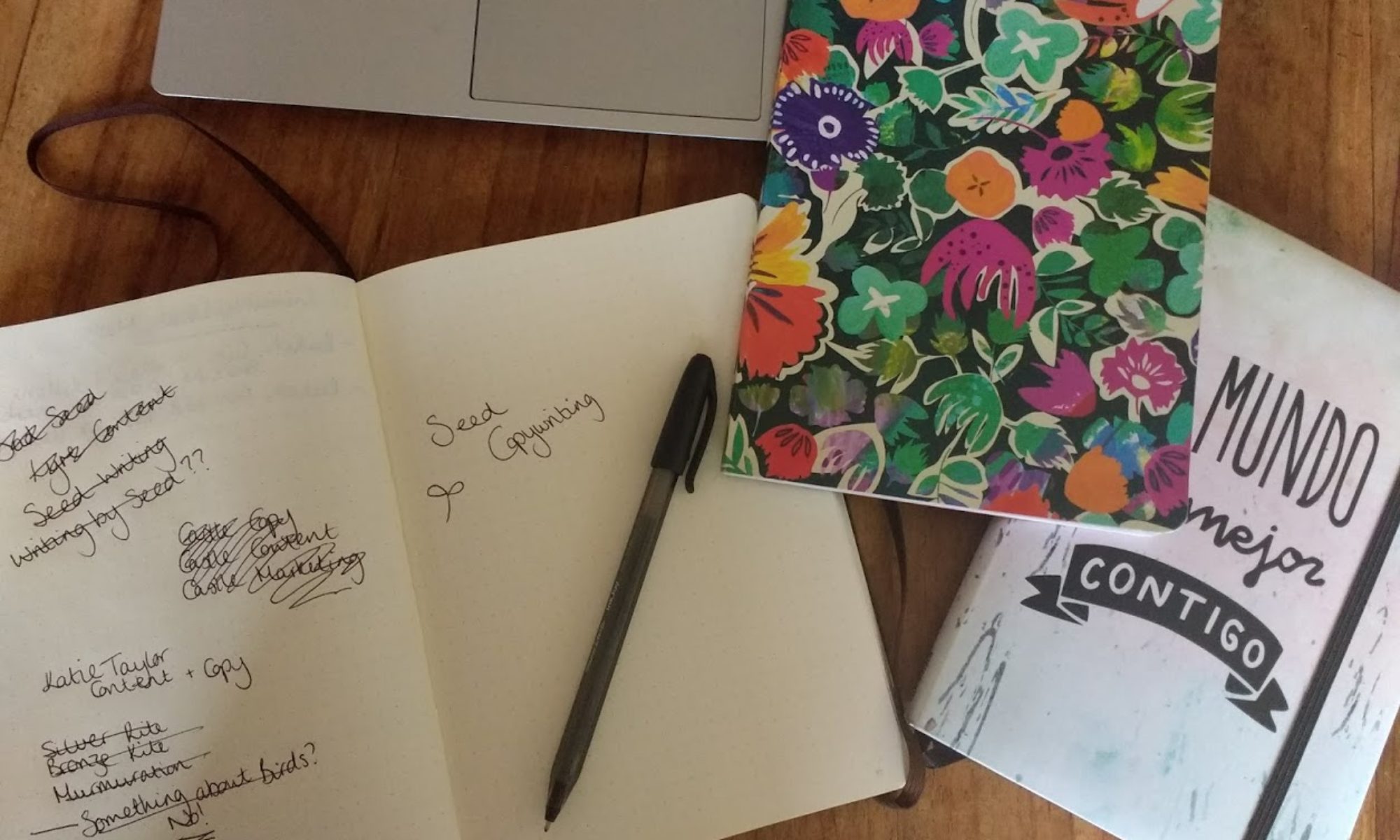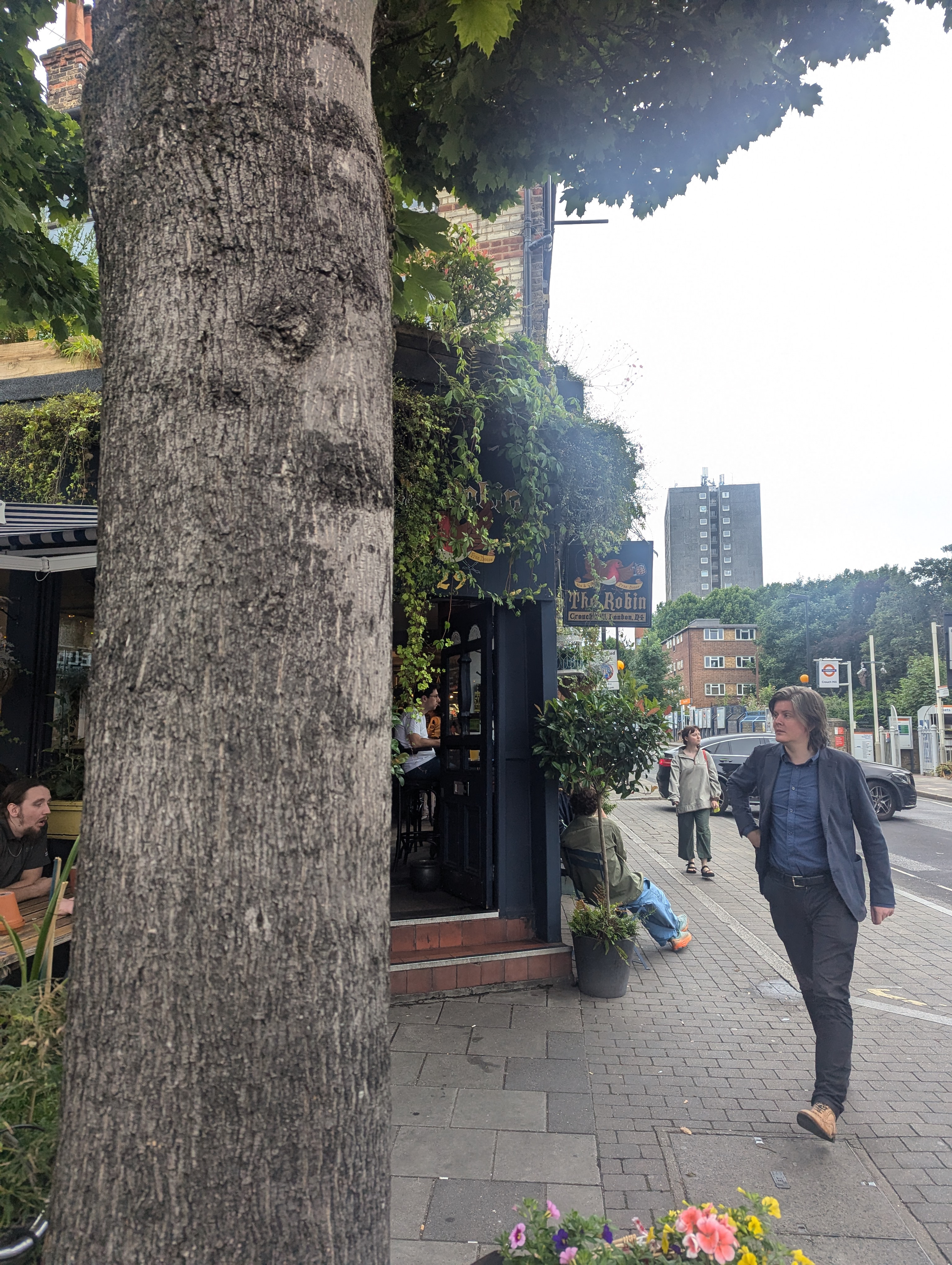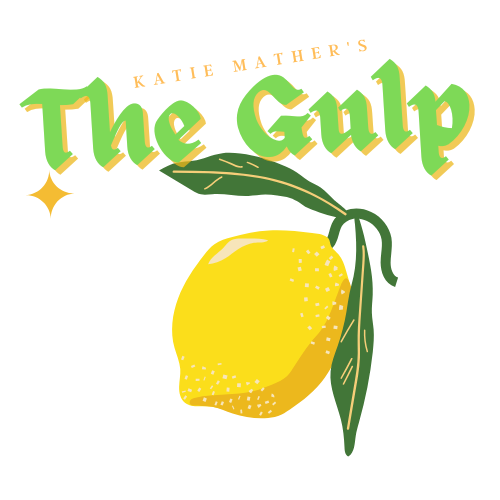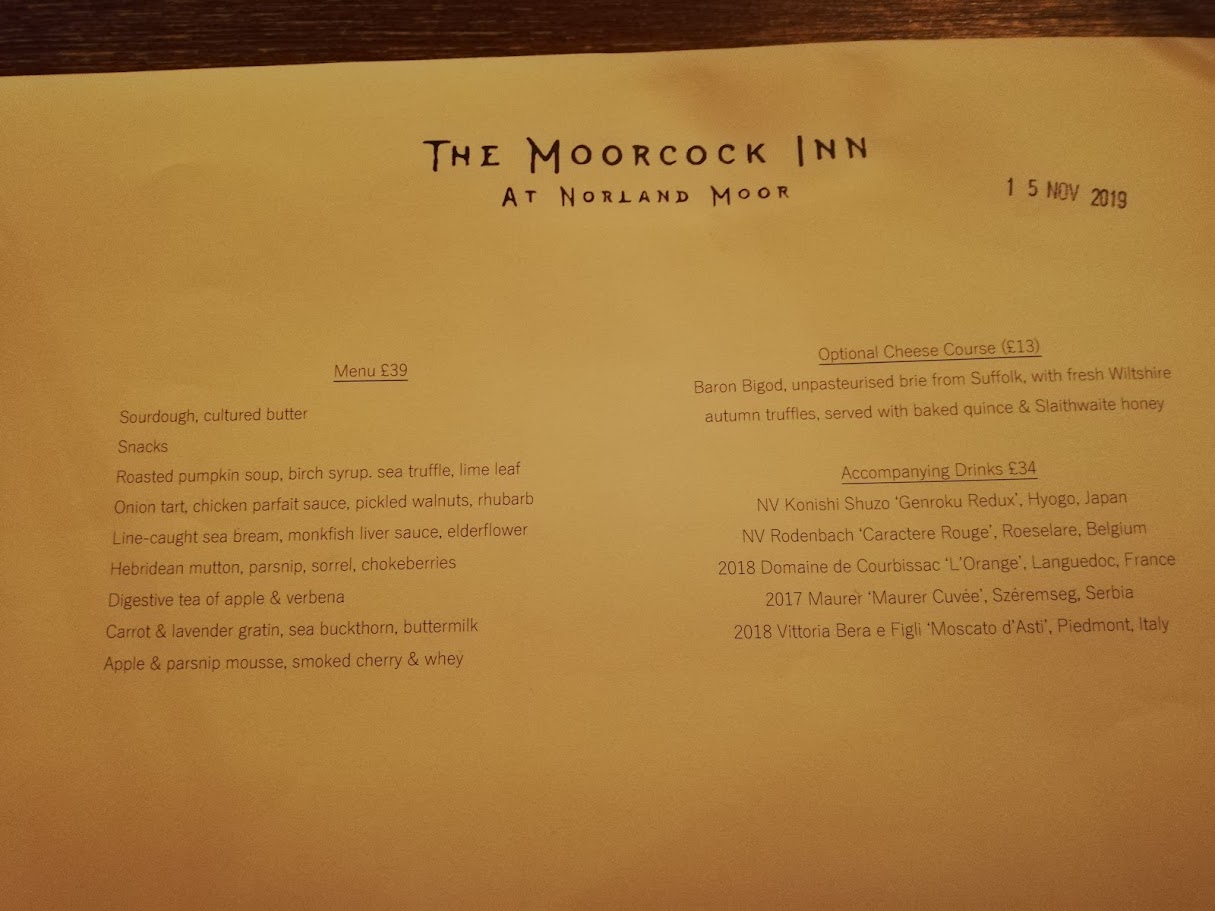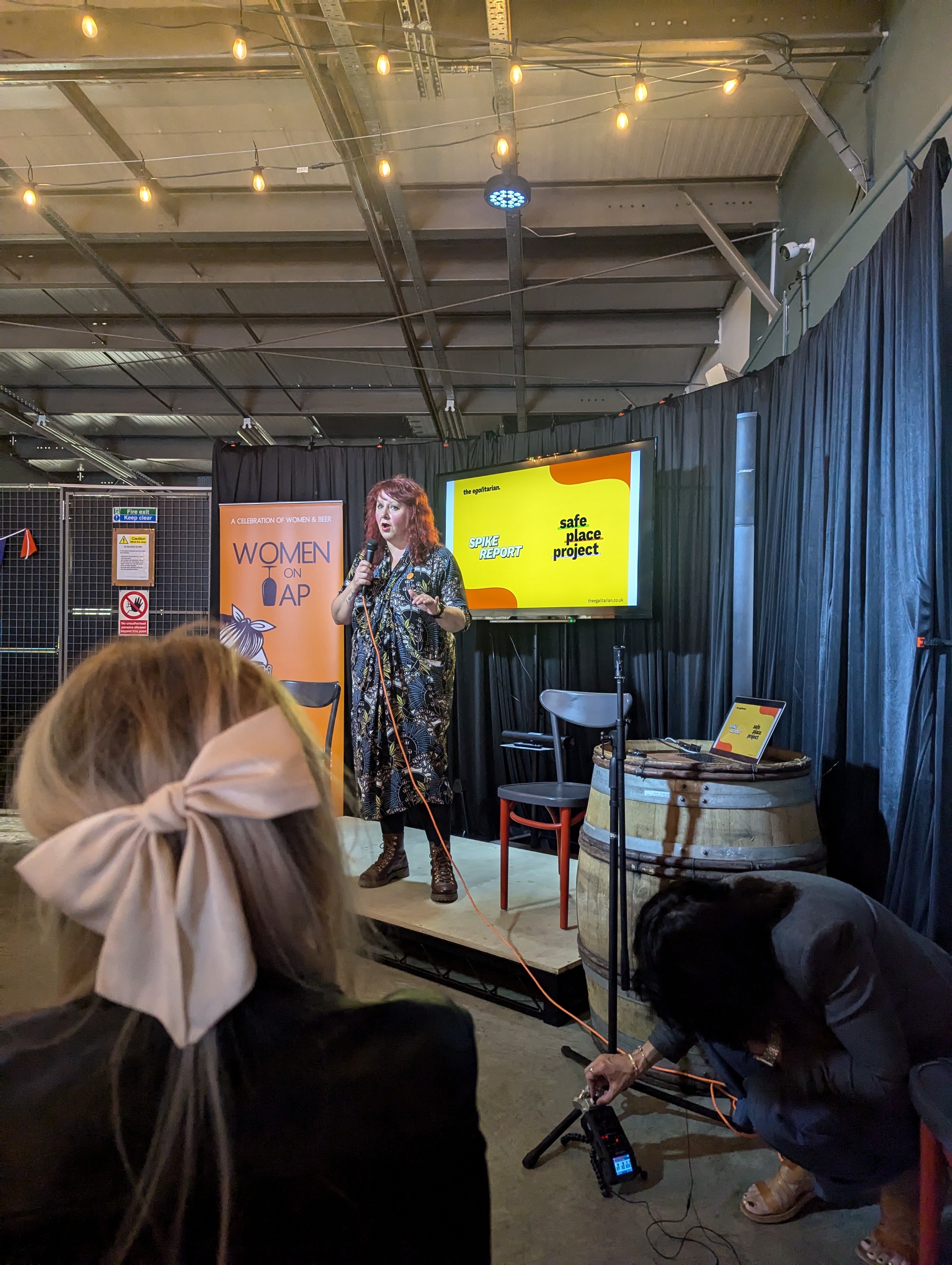Everything worth chatting about in the month just ended.
This marks the start of a new project, a monthly round-up of my work, other people’s work, and the best things I’ve eaten, drank, seen, and done over the past few weeks. Consider this a perk for being paid subscribers to this newsletter!
July has been a busy month for me, with a lot of different events to visit. I tend to work at home in my office (the spare room) or in the garden (on the bench until I fall asleep) so travelling any distance at all and mingling is an unusual and sometimes frightening experience. But I did it all this month, so you can heap your praise on me for being a good and strong and brave woman.
Things I’ve Written
“The Swan with Two Necks is a sacred place. Literally—over a pint with the local vicar in the early 2000s, landlady Christine Dilworth organised a drop-in for villagers that couldn’t make it to church, who were offered communion in the function room. Pendleton locals happily took advantage of this hallowed opportunity, until the press printed a photo of the vicar outside the pub.”
“My new friend brings my breakfast to me, a pile of fresh, silky avocado barely crushed, on top of crusty bread studded with black olives. A wealthy side salad opens my eyes to new opportunities—a breakfast salad? Why have I never done this before? Everything is doused in greenly-glinting olive oil that tastes like how I imagine gold must taste as it melts on the tongues of gods. I try to savour it, to spend more time in this pocket of serenity, but before I know it my plate is clean, and my coffee is gulped. I have to return to the dirty streets.”
The content below was originally paywalled.

Things I’ve Done
WOT’s Summer Hop // Women In Beer advocacy
Right at the start of the month, I attended the Women On Tap’s Summer Hop, an event-forward-slash conference that dissected the Dea Latis research on women’s attitudes towards and careers in beer, as well as highlighted women’s work within the industry.
This event was a catalyst for me to reach out to Amelie Tassin at Women In Beer to start offering my help and advocacy in areas I care about again. Amelie was a great listener, and I feel like I am more able to step forward after having that initial meeting with her. For a while I’ve been too exhausted to do anything much except my day job. Now I feel motivated to start campaigning and supporting again, so thank you to Rachel Auty and the WOT team for re-igniting that for me., and thank you to Amelie for being so receptive to my thoughts.
American Cider Association L1 Cider Guide
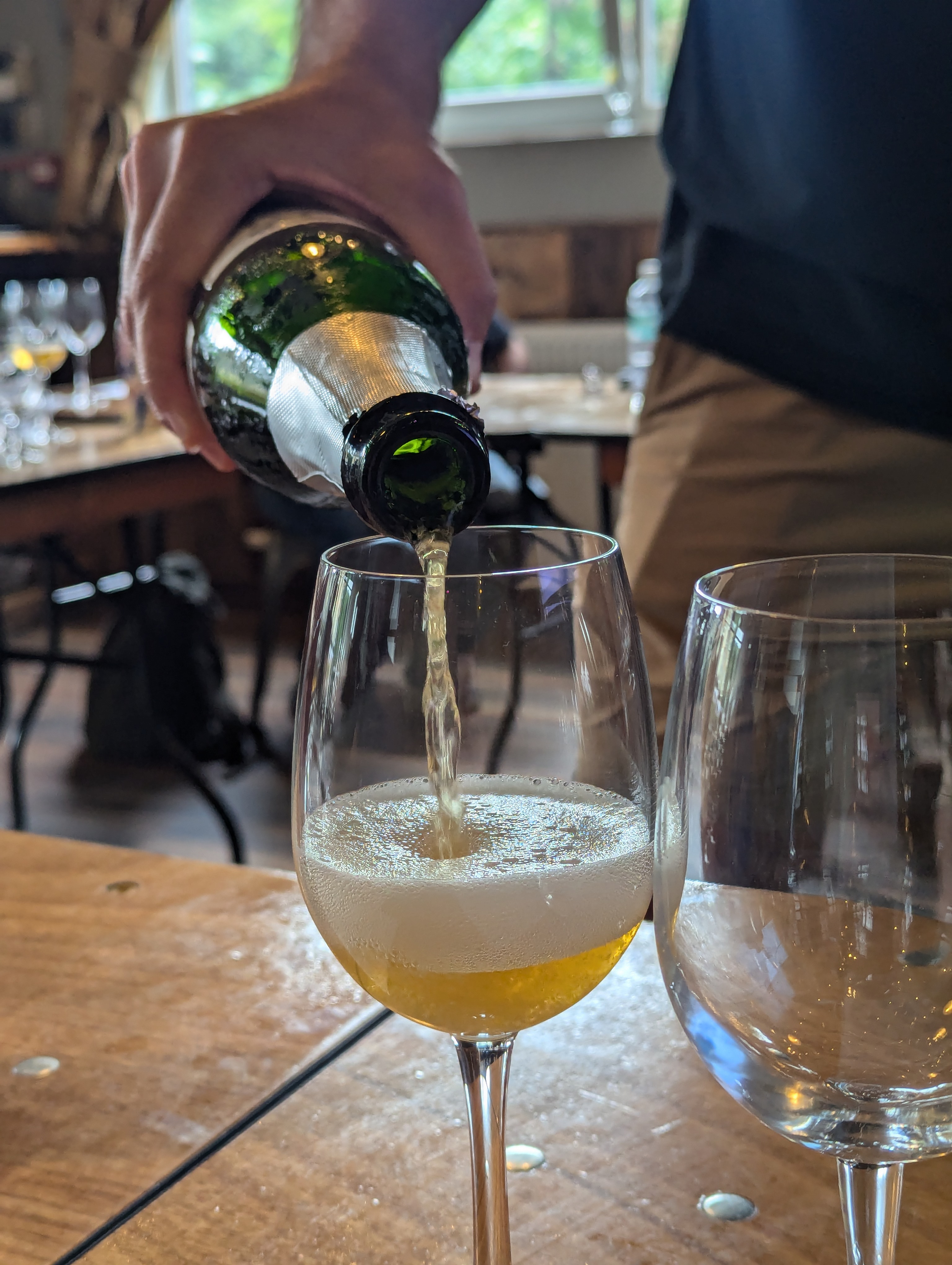
Woo, I am now officially accredited as a L1 Cider Guide by the American Cider Association.
What this means is I attended their one-day course in Highbury & Islington, and then passed an exam based on what I’d learned that day. I was surprised to find that even though I’ve been studying wine for years now, cider tasting and evaluation is so much different. Tannins and bitterness appear differently with the presence of so much sugar. Apple types are classed by acidity and tannin—not by sugar content.
It was a pleasure to be taught by Gabe Cook, the Ciderologist, who clearly has an immense passion and endless patience for his chosen drinks of choice. The day refreshed my interest in cider and perry, and I’m grateful to the American Cider Association for allowing me to take this course free of charge.
Visited London (by bus)
I didn’t visit London once last year, in fact, it was a New Year’s resolution for me not to go there. I live in the north, and I usually like to prove that there is just as much to celebrate up here as there is in the country’s capital. However, even a die-hard northerner like myself can’t deny that so many events and businesses revolve around the city, and to avoid the place out of spite does nothing to help me.
It costs £145 return for me to travel to London and back on the train—regular class, no guarantee that my booked seat will actually be available—which is one of the main reasons I never go there. I wanted to take the L1 Cider Guide exam though, so I found a bus ticket for £25 return. I can get from London Victoria directly to Accrington in just over seven and a half hours. If you’re wondering how I coped spending that long sat still next to someone I didn’t know, a long chat with Lucy Dearlove from Lecker helped, as did two naps and a copy of Vogue.
I am desperate for England to stop revolving around London, but until it does, I’ll be taking National Express coaches. Hit me up, National Express, if you want to do any paid promotion work. I’m all ears.
Things I Read
I’ve been reading a lot of glossy mags this month. I’m poor, it’s escapism. Vogue, Cosmopolitan and Elle are my drugs of choice.
I’ve started both Hagstone by Sinéad Gleeson, and Elmet by Fiona Mosley. Both very different, but cut from the same patch of turbulent sky. I blame the dreich weather we’ve been having.
Them magazine is basically my daily coffee break read at this point. Their profile on restaurant critic Soleil Ho—one of the best to ever do it—is fantastic.
I’m really enjoying Liberty Hodes’ CaffWalk substack.
Things I Saw
I really like portraiture photography and Ivan Weiss has a way of making his subject seem so captivating.
The Galliano Christian Dior 2005 fall/winter haute couture backstage and show on YouTube. The drama, the dry ice, the tulle, the early 2000s overuse of BTS Dutch tilt camera angles. It’s got it all.
I’m watching The Americans for the first time. It’s stunning. Once I’m done I’ll write about it.
I’m rewatching the last couple of seasons of The Office US and crying so much. I forgot how bittersweet this long, drawn-out ending was.
Things I’ve Eaten
In Highbury & Islington, I ate a bowl of lunch special spaghetti carbonara so rich, so baconny, so eggy, it felt like an English fry up. It was ideal, it was comforting on a rainy day in London when I felt so far from home, and it was only £6.90. A triumph.
I had a Greggs bacon butty for the first time in years on my way to the bus station in Manchester, and honestly, it was showstopping. How they continue to operate a business while giving each customer upwards of five rashers of bacon, I will never know. But I appreciate it.
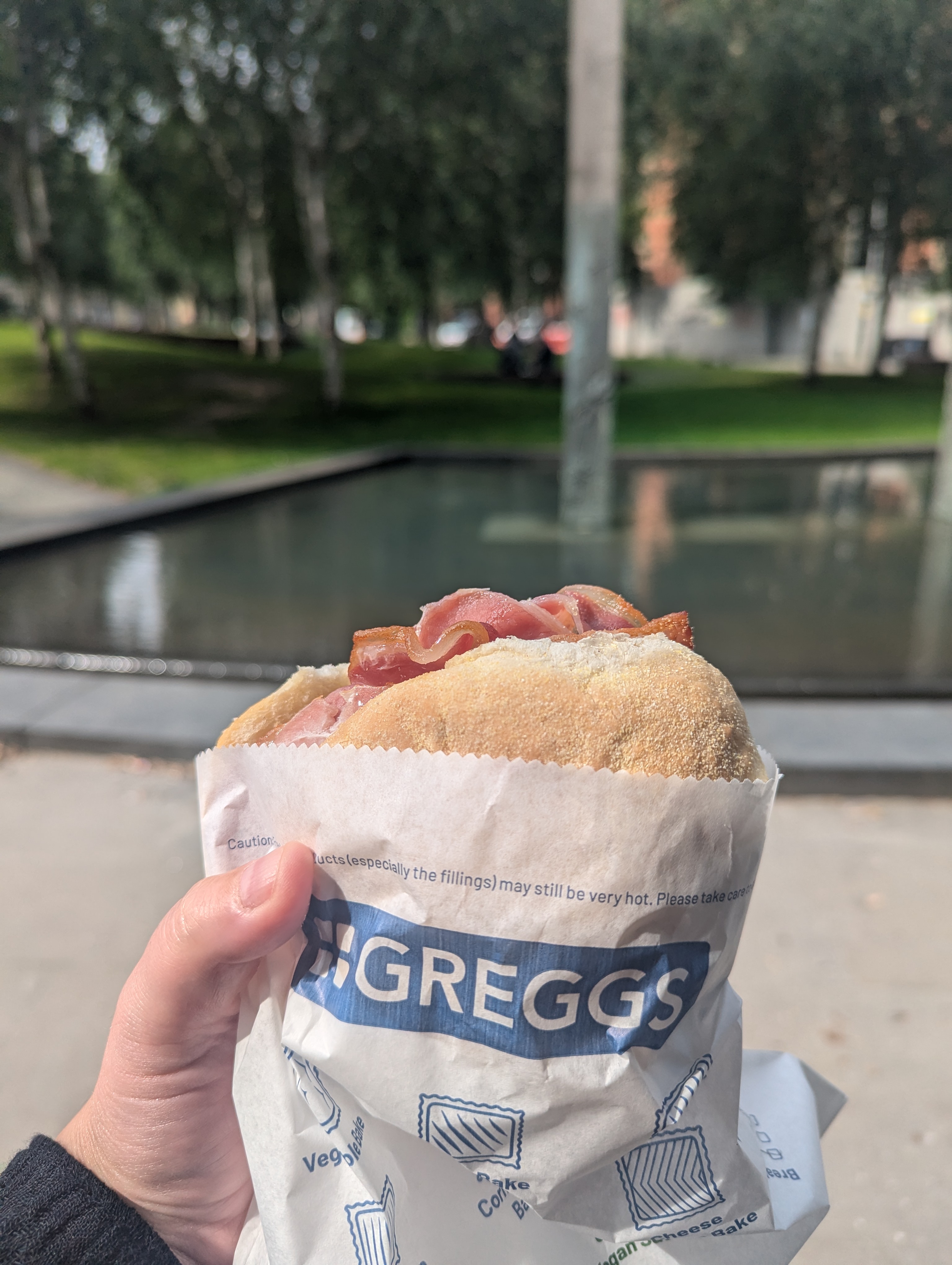
The best recipes I followed this month were mostly accompanied by Maroulosalada, an incredibly simple but totally delicious Greek salad made, this time, by Instagram chef Chef Marinie, whose Greek recipes are always simple to follow and perfect in execution. She has a new series out where she is making Greek/Indian fusion and I’m going to try all of them.
I love making veggie lasagne, and I made a great one this month. I stole the tricks I use from my friend Bridie, who was once a chef. She says the best lasagnes:
Have as many layers as you can manage to pile
The white sauce is mixed with the meat or veg filling with some white sauce retained—this way each layer is creamy AND full of filling, and you have some white sauce left to pour on the top before adding your grated cheese for the oven
The filling is cooked down well, almost dry, so the white sauce can incorporate and won’t be too wet (this is especially important for vegetable-based lasagnes as the water content is so much higher to begin with)
As you know, I’m not much of an exact recipe cook, but here is how I made my July lasagne.
July Lasagne
Filling
1 courgette
1 red onion
1 carrot
2 Romano peppers (just use red peppers, these were on offer)
Handful of spinach
Four tomatoes or a can of plum tomatoes
Tomato paste
4 cloves garlic
Dried oregano
Black pepper
Salt
Lasagne sheets
White Sauce
Like, 70g butter?
About 2 tbsp. plain flour—enough to make a roux but not crumbs
Whole milk (or oat milk, whatever you use)
A big load of finely grated Grana Padana
Nutmeg
Salt
Pepper
Method
Chop all the vegetables except the onion and garlic roughly into small cubes and keep separate so you can add them to the pan at different times.
Finely chop the onion and add to a large pan with olive oil or cooking oil of your choice. There is a cost of living crisis going on, sunflower oil is fine, so is rapeseed.
Turn the heat to about medium.
Once the onion is cooked but not browning, crush or grate or chop your garlic (I like to chop) and add to the pan. Stir and stop it from browning.
At this point I add salt and pepper, not sure it’s important when you add it but it stops me from forgetting later.
Add the chopped courgette and carrot and let them cook down until they are soft.
Add the peppers—they don’t take as long to cook.
Add the chopped tomatoes or can of tomatoes in juice. Add tomato paste and dried oregano and stir well. Turn the heat up a little so the pan is bubbling and the liquid is cooking down but do not let it catch on the bottom of the pan. Keep stirring often. Keep your eye on it.
Add the spinach and again, let the veg cook down well. Turn the heat down if it’s getting a bit violent. Once it’s getting close to a thick sauce rather than a pan of veg stock, turn the heat down to a lower temp so you can make the white sauce without burning the filling.
Add the butter to a saucepan and melt it at a low-medium temperature.
Add the flour to the melted butter, and mix with a whisk. Keep it cooking on that low-medium heat until the mixture smells like pastry rather than raw flour. It takes a couple of minutes.
Add milk bit by bit, and whisk as you go—the first half cup or so will interact with the flour and make a thick paste. Keep mixing so there are no lumps and keep going with more milk additions. It’s fine. This is what’s supposed to happen.
Keep adding milk every time you’ve incorporated the last splash until the mixture is a creamy sauce. Don’t add too much, because you want a sauce, not white water.
In total you’ll probably use about 3/4 of a pint of milk. Sorry for the imperial measurement, I get milk in pints. What’s that, about 350/400ml? Something like that.
Add a dash of nutmeg, salt and pepper to taste, and then plonk a big great handful or two of grated Grana Padano cheese into the sauce and stir it in. This will make it a little thicker and incredibly delicious. (Secret cheat code: You can use any cheese, I just like this one and always have some in the fridge somewhere for making sauces like this. Try your cheapo mature cheddar butty cheese, it’ll be fine.)
Get a lasagne-friendly baking dish out and turn the oven on to 180 degrees centigrade. My oven is a fan oven but is also temperamental as hell so I cook everything at 200 degrees and hail Mary. This is also why I don’t have exact timings for anything.
Turn off the filling pan and give it a stir for good luck, and tell it how good it’s going to taste. Add in about 3/4 of the white, cheesy sauce you made from scratch, and stir it all together.
Add a thin layer of this combined filling to the bottom of your dish, then layer lasagne sheets on top. Repeat as many times as you can.
When you reach the top of the dish, instead of using the filling (which I would hope is all used up by this point unless you had the foresight to double batch it, in which case absolutely fair play), pour on the remaining white sauce to cover the pasta sheets, and grate over a whole lot more cheese. Again, use whatever you like, I just like Grana Padano for whatever reason. Gouda and its Dutch friends are always cheap in Lidl and melt really nicely. Mozzarella, imo, is too stringy and doesn’t taste of enough. It makes my lasagne taste a bit like pizza, which I hate. If I want pizza, I’ll have pizza.
Bake in the oven for as long as it takes to brown the cheese. I would say give it at least 25 minutes in there, because you need to cook the pasta through too. If your oven is as much of an asshole as mine, put foil over the top f the cheese starts to brown prematurely so you can get it all to cook properly. Then whip it off for the last 5 mins for a bit of crust.
This bit is vital: Leave it to stand for AT LEAST 5 minutes. Maybe longer. I like to make the salad once the lasagne is out of the oven, so I’m not tempted to cut into it too early. You want the layers to find their place in the world, and the filling to get a bit of structural integrity. Serve it up too early and you’ll have plates of sauce with pasta sheets floating on top, all of it hotter than a Lanzarote patio at midday. Chill. Pour a glass of wine. Throw some garlic bread in the oven while it’s still hot. Tell everyone food is ready—that’ll be another 20 mins before they get sat down anyway.
Serve this oregano lasagne with Maroulosalada and bread or garlic bread. I would probably drink a herbaceous and floral Trebbiano blend (crisp, dry white wine from Italy) to pair with the oregano and vegetables, or a bottle of Taras Boulba by Brasserie de la Senne (a lightly hopped blonde Belgian beer) to stand up to the cheese sauce and rich tomato.
Thank you so much for subscribing to The Gulp, I’m looking forward to August because I have a few food and drink-based adventures lined up. Who loves fish and chips?
Katie xox
